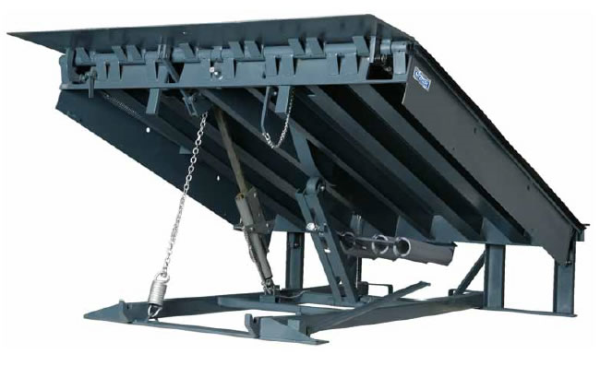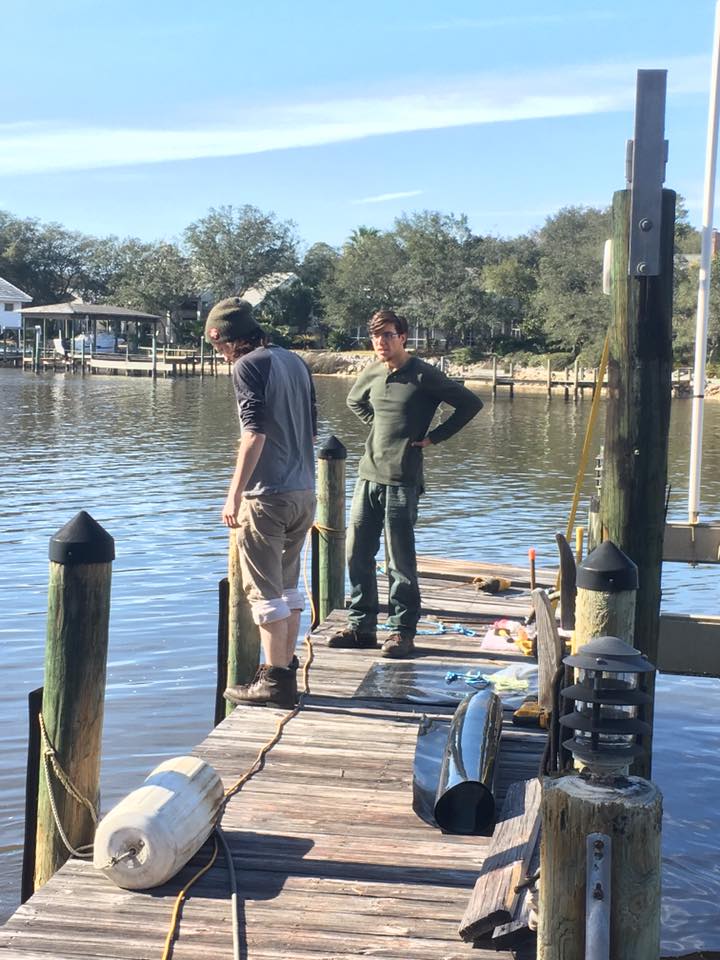Efficient Dock Repair Service Techniques: Making Sure Architectural Stability
Making sure the architectural stability of docks through effective repair techniques is paramount for the longevity and safety and security of aquatic centers. This includes a multi-faceted technique starting with comprehensive inspections making use of innovative innovations like sonar equipment and from another location ran automobiles (ROVs) to discover both visible and hid problems. Consequently, selecting the appropriate fixing materials, such as composite materials and corrosion-resistant alloys, is crucial for longevity. Architectural reinforcement methods, consisting of the application of cross-bracing systems and load-distribution plates, play an important role in mitigating stress and anxiety points. The value of these techniques becomes obvious when exploring advanced repair work techniques and preventative upkeep techniques.
Evaluating Dock Damages
Assessing dock damage is an essential very first step in making certain the structural stability and security of any kind of docking facility. This initial assessment entails a comprehensive evaluation to determine both noticeable and surprise damages. Secret elements to check out consist of the dock's structure, pilings, outdoor decking, and hardware. Each component should be inspected for indications of wear, rot, deterioration, or various other kinds of degradation that could jeopardize the architectural honesty.
Structural designers or certified assessors commonly execute these analyses making use of specialized methods and tools. Underwater examinations could utilize sonar equipment or from another location ran cars (ROVs) to spot submerged damages. Above water, visual examinations are matched by utilizing moisture meters and various other diagnostic tools to uncover underlying concerns not promptly visible to the nude eye.

Choosing Repair Work Materials
Choosing the proper fixing materials is an essential action in the dock reconstruction procedure, one that directly influences the longevity and performance of the repaired structure. Product selection must be driven by factors such as environmental conditions, load-bearing requirements, and compatibility with existing dock components. For example, wood is a conventional option for docks because of its all-natural durability and aesthetic charm. Nevertheless, selecting the best type of timber, such as pressure-treated lumber or normally rot-resistant types like cedar or teak, is important to stand up to water environments.
In addition to wood, composite materials are increasingly preferred because of their durability and low maintenance needs. Compounds, normally made from a blend of plastic and wood fibers, supply excellent resistance to rot, pests, and UV damage. For steel docks, choosing corrosion-resistant alloys such as galvanized steel or marine-grade aluminum is important to stop rust and make sure structural stability in saline water problems.
Epoxy materials and marine-grade sealers are crucial for repairing fractures and securing joints, giving a water resistant obstacle and boosting the dock's general stamina. By meticulously selecting top notch products, dock repairs can accomplish resilient outcomes, thereby safeguarding against future deterioration and making certain safe, dependable use.
Structural Support Methods
Reliable architectural support strategies are critical in guaranteeing the stability and longevity of dock repair work. One essential technique includes using steel or composite reinforcement bars (rebar) within concrete structures. Rebar offers additional tensile strength, avoiding cracks and distributing loads more evenly. This method is specifically reliable for anchors subjected to heavy loads or severe environmental conditions.
An additional crucial method is the application of fiber-reinforced polymers (FRP) These products provide high strength-to-weight ratios and excellent resistance to corrosion, making them ideal for enhancing concrete or wooden docks. FRP can be applied in look at this website strips or sheets and bound with epoxy resins to boost architectural integrity.
Supporting and securing systems likewise play an essential duty in architectural support. Cross-bracing, making use of steel or wood beam of lights, can combat lateral forces, minimizing persuading and activity. Securing systems, such as helical piers or driven piles, offer a steady foundation by transferring lots to deeper, more secure soil layers.
Finally, the integration of load-distribution plates can aid distribute weight more equally across the dock's surface area, mitigating local stress factors. These strategies collectively make certain that docks continue to be secure and durable, with the ability of enduring the roughness of their operational setting.
Advanced Repair Techniques

Another advanced strategy entails undersea welding, which permits repairs to be conducted without the demand to dewater the area. This method is especially beneficial for resolving structural problems in immersed dock parts, making certain very little interruption to operations. Boosted welding strategies, combined with robotic systems, deliver accuracy and integrity, consequently prolonging learn this here now the lifespan of the dock.
In addition, cathodic defense systems are carried out to stop corrosion in metallic dock frameworks. By utilizing sacrificial anodes or impressed existing systems, these methods efficiently mitigate the electrochemical procedures that cause material damage.
Finally, advanced surveillance innovations, such as structural wellness monitoring (SHM) systems, provide real-time information on the condition of dock frameworks. These systems enable aggressive maintenance and prompt interventions, inevitably making sure the long-term architectural integrity of the dock.
Upkeep and Prevention
Upkeep and prevention are basic concepts that underpin the long life and safety of dock frameworks. Regular assessments are paramount, enabling early detection of damage, potential weak points, and ecological impacts. An aggressive approach, including regular checks for rust, rot, and architectural shifts, alleviates pricey repairs and extends the dock's functional life.
Preventive procedures need to include applying safety layers to metal elements to secure versus rust and utilizing cured timber to stand up to decay. Additionally, making sure correct drainage and ventilation can avoid water build-up, which is an usual source of architectural degradation. Incorporating high quality materials and sticking to maker standards throughout construction and repair phases also play important functions in boosting longevity.

Training employees in dock upkeep ideal methods guarantees consistent application of preventive actions. Leveraging technical advancements, such as drones for inspections and sensing units for real-time surveillance, can even more enhance upkeep initiatives. By prioritizing upkeep and prevention, dock owners can make certain architectural stability, functional security, and affordable management over the dock's life-span.
Final Thought
In verdict, maintaining the structural stability of aquatic centers demands comprehensive dock repair work methods. Advanced repair service strategies, paired with normal upkeep practices, ensure the dock remains operational and risk-free under diverse environmental conditions.
Making sure the architectural stability of anchors with efficient repair service methods is vital for the long life and safety and security of aquatic centers.Choosing the proper repair service materials is a critical step in the dock remediation process, one that directly affects the long life and efficiency of the repaired structure.Effective architectural support methods are important in making sure the stability and longevity of dock repairs. By prioritizing upkeep and avoidance, dock owners can ensure architectural stability, operational safety, and cost-efficient monitoring over the dock's life expectancy.
In conclusion, maintaining the architectural stability of marine centers requires comprehensive dock fixing methods.